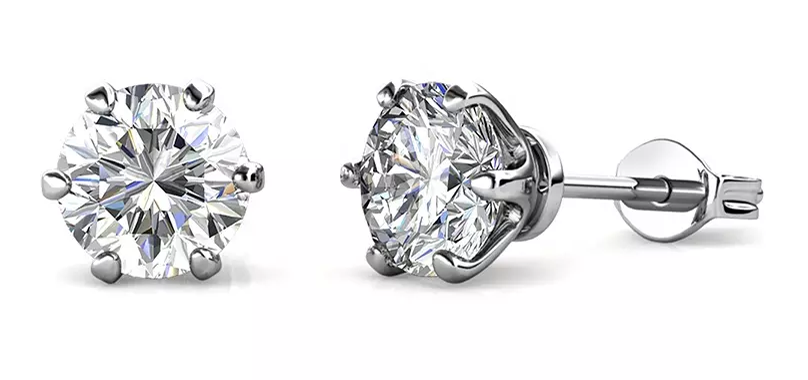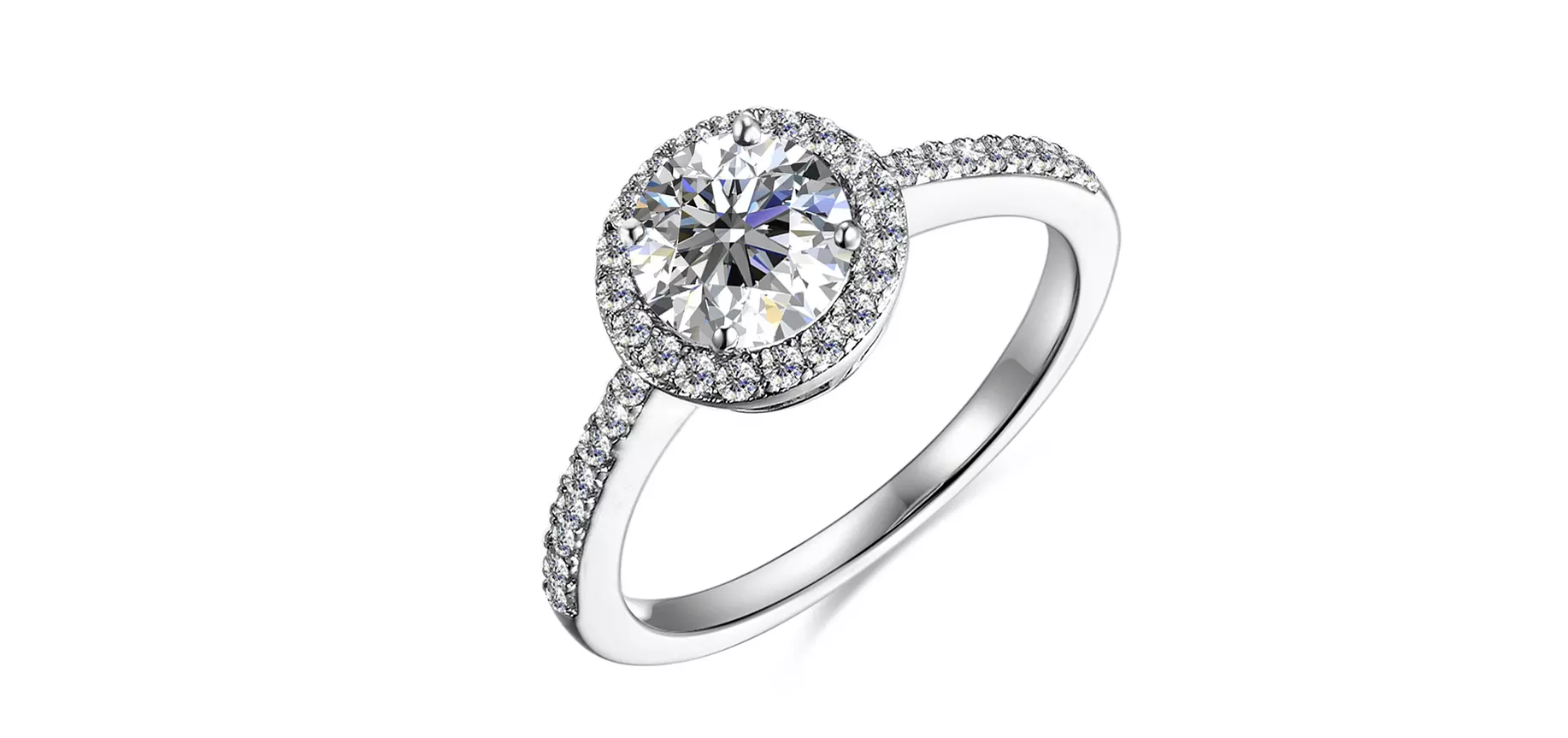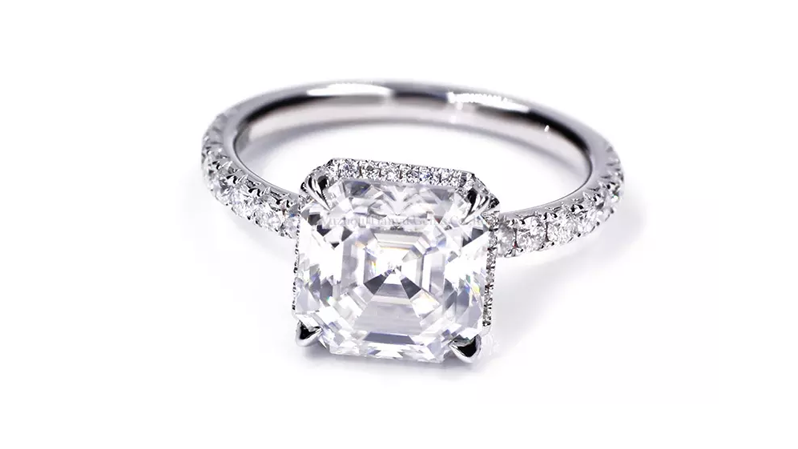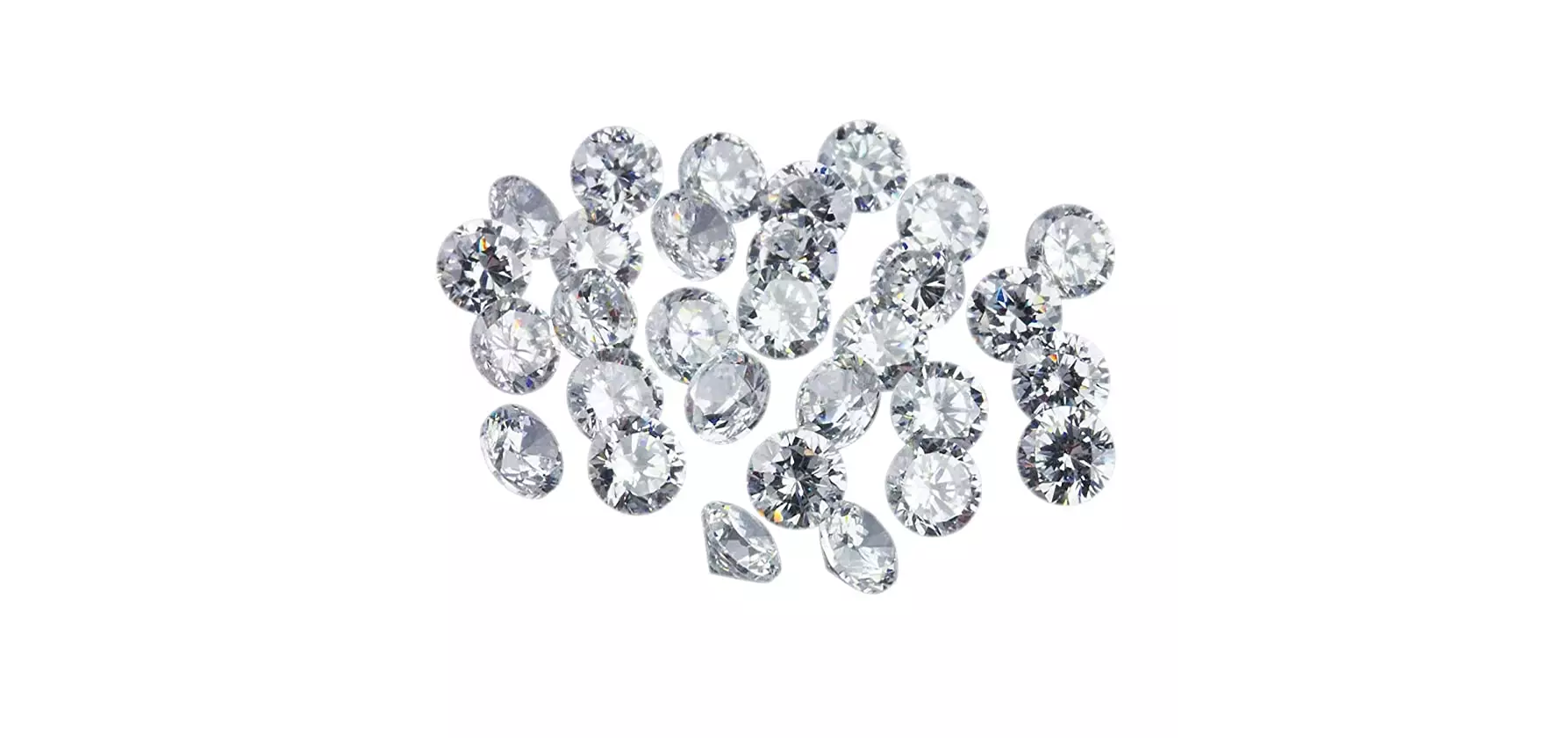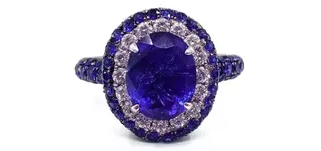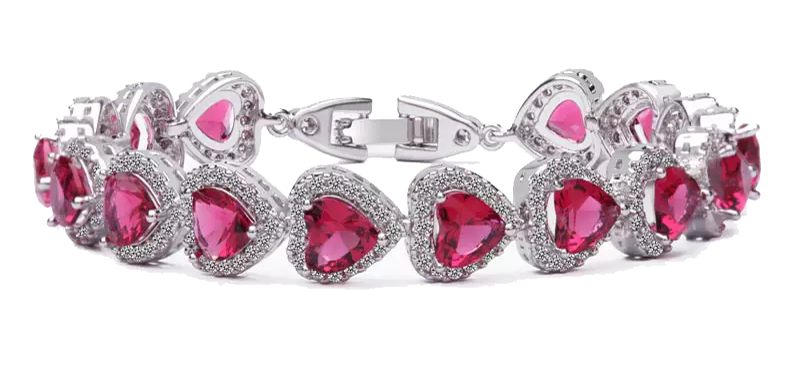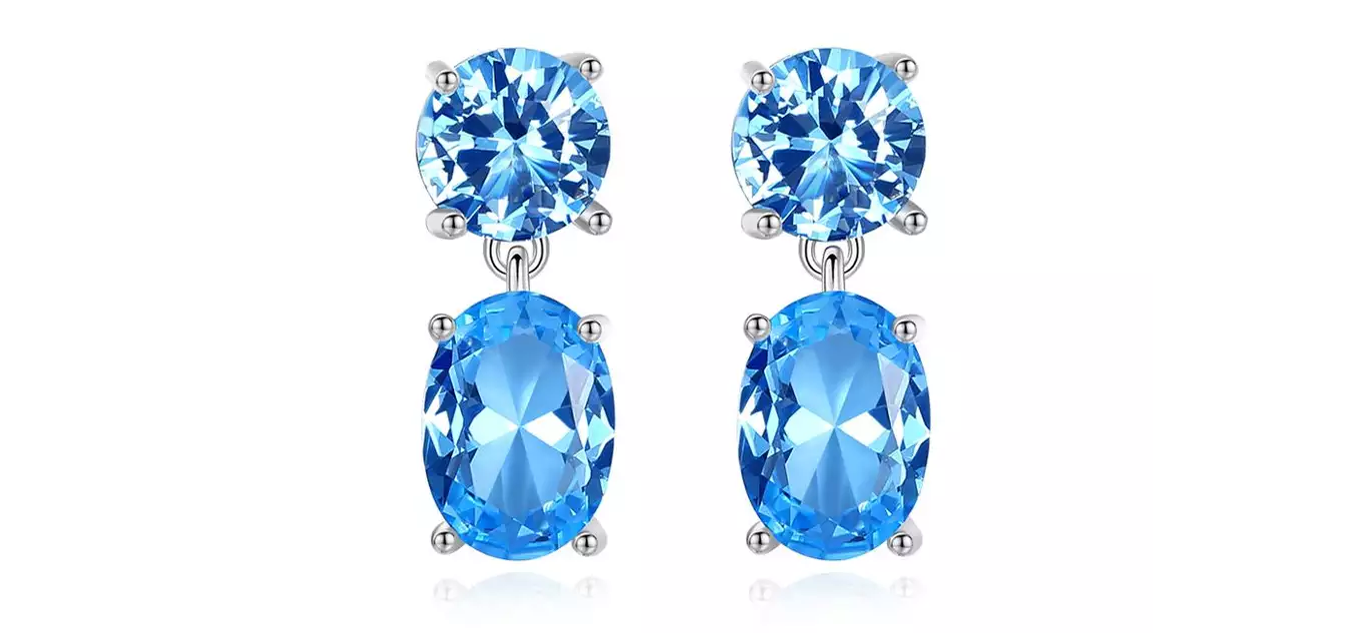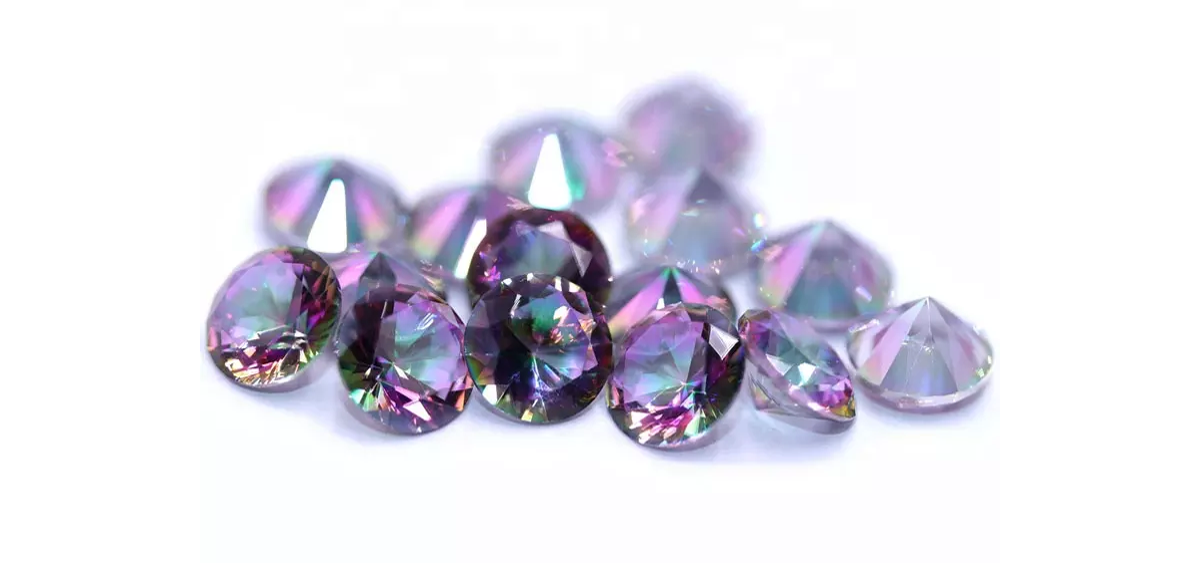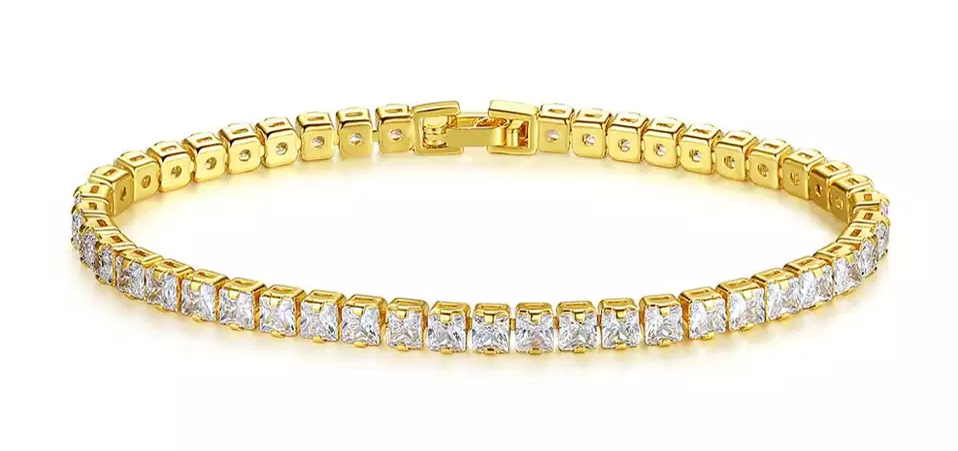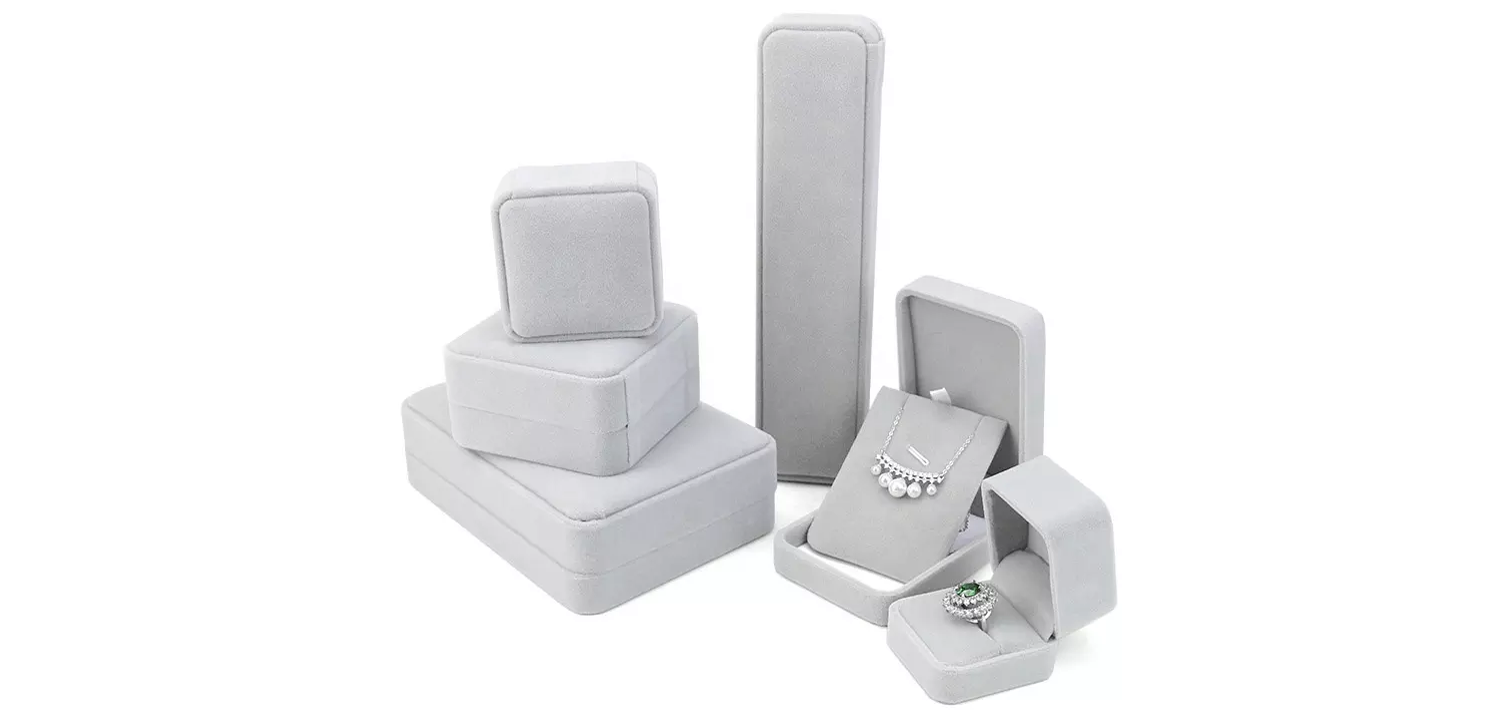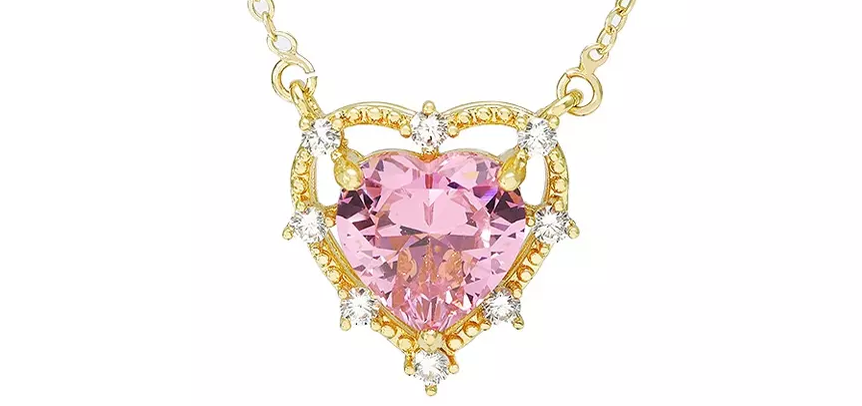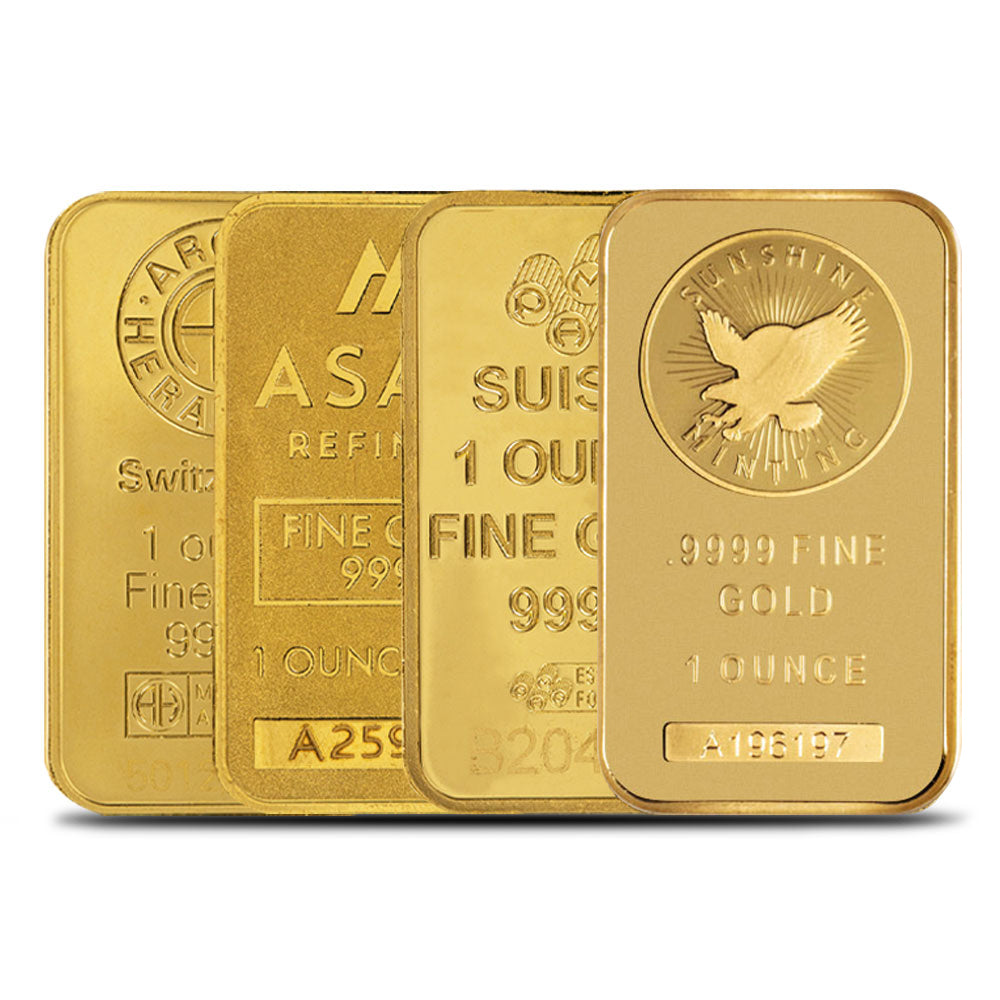Tourmaline Education
Explore the Tourmaline Gemstone
Tourmaline is a colorful gemstone that comes is every color, including multicolored gems and black. The name Tourmaline comes from the Sinhalese (Sri Lanka) word tura mali which translates as the stone of mixed colors. This gemstone is a group of minerals in their physical and chemical properties. There are three members of the tourmaline group including schorl, dravite and Liddicoatite. Tourmaline gemstones are a great gift option for birthdays and anniversaries. Tourmaline is the gem of the eighth anniversary and birthstone for October. This beautiful gemstone is one of the most popular varieties of gemstones, and is frequently used in gemstone rings. All tourmaline is very-well suited for other types of gemstone jewelry too, including gemstone earrings, pins and brooches, as well as in necklaces and fashionable gemstone pendants.
Cut
There are many narrow and non-standard sizes available for tourmaline, this is directly impacted by the elongated shape of the crystal - influencing the finished gem’s shape and proportions. Many gem buyers prefer stones with standard dimensions because they allow for easier standard mountings. Cutters often fashion tourmalines can come in the form of long rectangles. Making the cut parallel to the length of the rough crystal helps to reduce waste, but cutters also have to consider tourmaline’s optical properties.
Tourmaline can show different colors in different crystal directions and many tourmalines absorb more light down the length of the crystal than across it. Rather than cutting every tourmaline lengthwise, many cutters orient a fashioned gem based on its depth of color. To darken pale rough, they might orient a gem’s table so it’s perpendicular to the crystal’s length. To lighten dark rough, they orient a finished gem’s table so it’s parallel to the crystal’s length.
Color
The physical properties of tourmaline, including color - are directly influenced by its chemical composition. Tourmalines make up a group of closely related mineral species that share the same crystal structure but have different chemical and physical properties. They share the elements silicon, aluminum, and boron, but contain a complex mixture of other elements such as sodium, lithium, calcium, magnesium, manganese, iron, chromium, vanadium, fluorine, and sometimes copper.
|
Achroite |
A colourless variety of Tourmaline |
|
Chrome-Tourmaline |
An emerald-green variety of tourmaline. |
|
Dravite |
A sodium magnesium aluminium tourmaline species. |
|
Elbaite |
A sodium lithium aluminium tourmaline species. |
|
Indicolite |
A blue gemmy variety of tourmaline |
|
Liddicoatite |
A calcium lithium tourmaline species. |
|
Rubellite |
A pink to red gem variety of tourmaline. |
|
Schorl |
A sodium iron aluminium tourmaline species. |
|
Watermelon Tourmaline |
A variety of Tourmaline with colour zoning showing a pink core and green edges |
|
Verdelite |
A green gem variety of tourmaline |
Clarity
These beautiful crystals have strong and unique range of colors, because of these factors clarity can be a challenge . You can find beautiful barely included Tourmaline stones for a fraction of the price of other gemstones with strong color like Emeralds and Rubies.
The environment colored tourmalines grow in consist of rich in liquids, and some of those liquids are often captured as inclusions during crystal growth. These inclusions often resemble thread-like cavities that run parallel to the length of the crystal. You can easily see the liquid or gas bubbles by looking under magnification. Growth tubes—long hollow tubes often capped with minute mineral crystals—are also common tourmaline inclusions. If they’re numerous enough, and the rough is correctly cut, they can cause a cat’s-eye.
Carat
The price of tourmaline can vary greatly, depending on the variety of tourmaline and quality of the gemstone. The most expensive are the Paraíba tourmalines, these gemstones can reach tens of thousands of dollars per carat. Fashioned tourmalines in larger sizes rise considerably in per-carat price. Chrome tourmalines, rubellites and fine indicolites and bi-colors may sell for as much as $1000/ct. or more. For fashioned gems of similar color and clarity, the price per carat generally increases as the gems pass the five-carat milestone. Other varieties are available for prices between $50–750/ct., depending on the richness of the color.
Shape
Tourmaline can be cut into rectangular bar shapes due its elongated crystal features. It is also available in traditional and fancy shapes, with a range a cutting styles. Lighter colored tourmaline is usually oriented with the table facet adjacent to the main axis, this will display the richest hue as the main focus. Darker stones are often cut with the table parallel to the main axis. Cat’s eye tourmaline is cut en cabochon, this is the best cut to display the desirable cat’s eye chatoyancy. Watermelon tourmaline is often cut into slices to best show the unique features and attractive color zoning.



